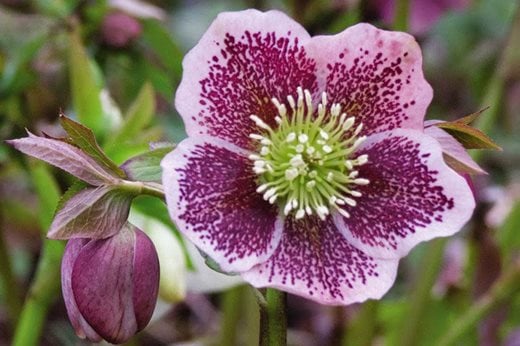 Sowing and planting
Sowing and planting
Cut leaves off Christmas and Lenten rose type hellebores to make way for the flowers.
Lily bulbs can still be planted in pots this month. They can either be brought inside next spring to ‘force’ them into an early display, or left outside to flower naturally in summer.
Plant tulip bulbs this month. Some tulips persist year to year, some perform less well and are treated as bedding, and replaced every year.
Now is the last chance to plant out winter bedding. You could try wallflowers, forget-me-nots, Bellis, Primula, Viola (winter pansies) and other spring bedding plants, planting them into well-prepared ground, or pots of suitable compost.
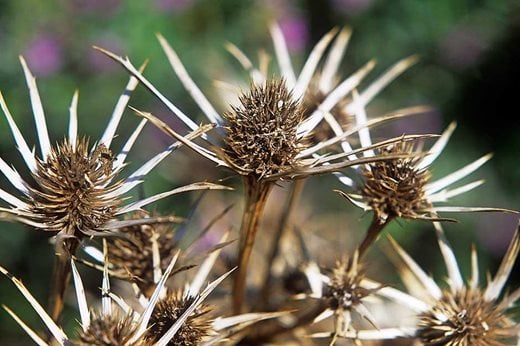 Cutting back, pruning and dividing
Cutting back, pruning and dividing
Unless you are leaving dead stems for structure in the garden, or as habitats for over-wintering wildlife, you can continue to cut down faded herbaceous perennials and add these to the compost heap.
Penstemons are best dead-headed and left until the spring, when they can be cut back further. In mild areas they can carry on flowering well into the late autumn and early winter. The old faded stems will help to protect the crowns from cold. Mulching over the crowns in colder areas will also help.
Ornamental grasses and bamboos can be cut back and tidied up at this time of year.
It is still a good time to lift and divide overgrown clumps of herbaceous perennials.
Lift and store dahlias, cannas and tuberous bedding begonias that have been hit by the first frosts.
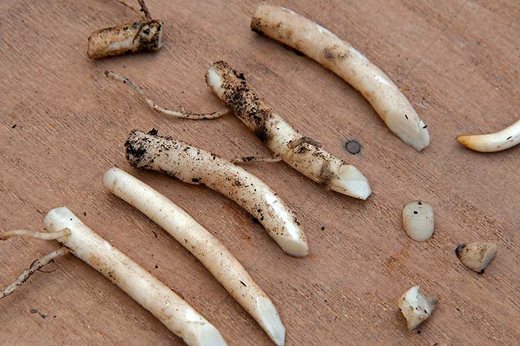 Propagation
Propagation
Root cuttings can be taken now and throughout the winter. Papaver (perennial poppies), Verbascum (mullein) and Phlox are suitable examples.
General maintenance
Feeding
Do not feed plants this late in the season, as they are no longer growing the nutrients may be washed into rivers and streams by winter rain, causing pollution.
Mulching
Apply an autumn mulch to protect plants that are borderline hardy such as Agapanthus, Kniphofia and Phygelius. The plants’ own leaves, e.g. Kniphofia, can be tied up and used as protection for the crowns underneath. Clay soils can be more workable in autumn, as they are no longer baked hard, but not yet sodden and sticky with winter wet, mulching will help to improve and maintain soil structure.
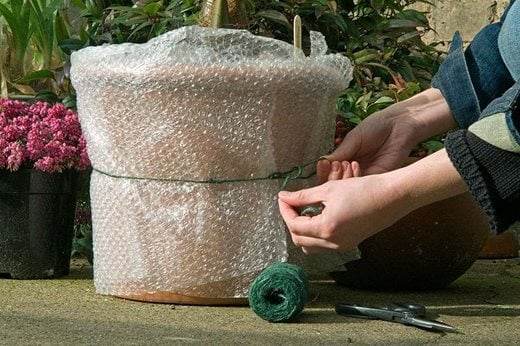 Protecting
Protecting
Make sure that you have not forgotten any of your tender plants and bulbs - they need to be brought inside or into a heated greenhouse over the winter. Protect alpines from the wet, if you have not done so already.
Hellebores rarely flower naturally by Christmas, despite their common name of Christmas rose. They can be encouraged to flower a little earlier, if you want, by covering them with cloches, potting them up and bringing them into a warm greenhouse, or placing them on a windowsill inside the house.
Large tubs that are at risk of cracking in the frost should be covered with bubble wrap, hessian or fleece, to insulate them over the winter. Raise patio containers onto feet or bricks to avoid them sitting in the winter wet.
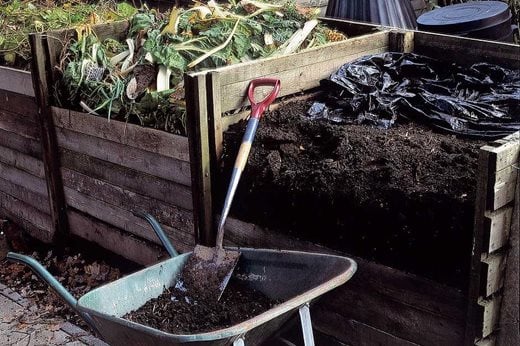 Tidying
Tidying
Remove stakes and other supports as final late-flowering herbaceous plants die down for the winter.
Tidy up leaves from around borders. They can be added to the compost heap, or placed in separate bins to make leafmould. Some leaves, such as plane and sycamore, are slow to break down, and can delay you using your compost if you mix them into the general heap. Leafmould makes an excellent soil improver, and can also be used as a seed-sowing medium.
Dig new flower beds as the weather allows. Don't work on them when it's very wet, as walking on sodden soil can cause compaction.
Weeding
In mild weather, weeds will still appear. Hoe regularly to keep them in check. Now can be a good time to dig up perennial weeds with long tap roots, such as dandelions and mallow, from newly cultivated areas.
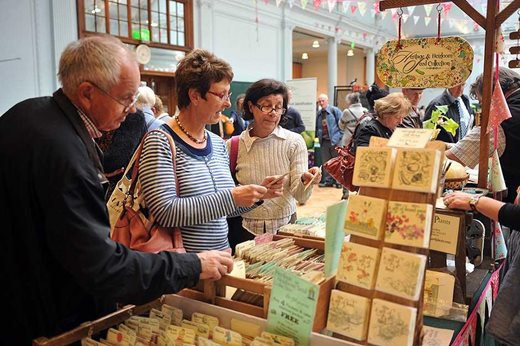 Planning ahead
Planning ahead
Order seed catalogues for next year’s bedding and perennials, if not already done.
Members can order seed from the RHS Seed Scheme between 1 November and 31 March.
It is not too late to research and order summer-flowering bulbs for planting in the spring or during the winter.
Pest and disease watch
Watch out for downy mildew and black spot on winter pansies.
Check chrysanthemums regularly for signs of white rust.
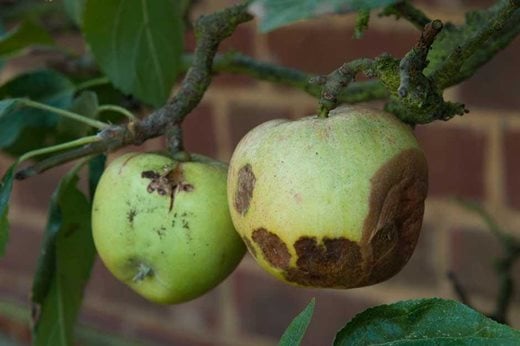 Look out for crown rot and brown rots (sclerotinia) on died down perennials, especially if you are on a clay or poorly-drained soil.
Look out for crown rot and brown rots (sclerotinia) on died down perennials, especially if you are on a clay or poorly-drained soil.
Be aware that many diseases will overwinter in the soil, or on plant debris. Antirrhinum rust and Delphinium black blotch, as well as sclerotinia, will lay dormant and re-infect plants when they come up the following year. It may be necessary to replant new specimens in another place if the problem is severe.
Michaelmas daisy mites on Sypmphyotrichum (syn. Aster) novi-belgii cultivars can be a problem. Other asters, such as Sypmphyotrichum novae-angliae cultivars and Sypmphyotrichum ericoides cultivars, have more resistance.
Grey mould or botrytis can be problematic in wet weather.
Digging the soil, especially bare patches or newly cultivated land, will expose pest larvae and eggs to birds and frosts, as well as clearing weeds and improving soil structure. Don’t leave soil uncovered for too long, however, as it runs the risk of erosion and washing away of valuable nutrients. Black polythene sheeting will protect it in the absence of planting or mulch.

